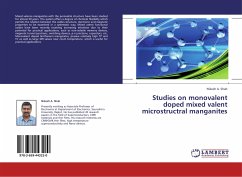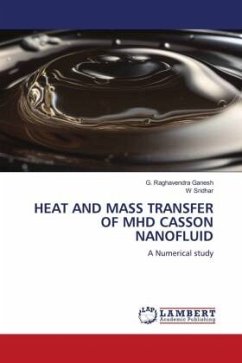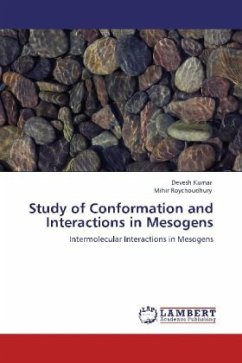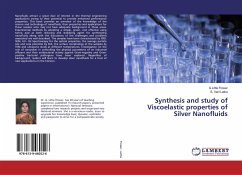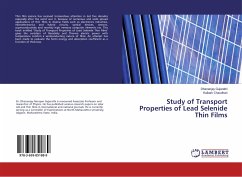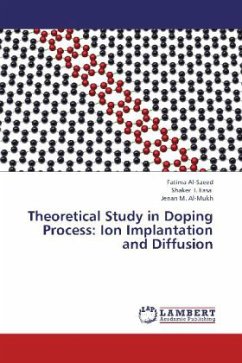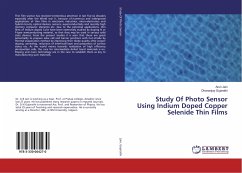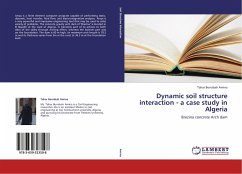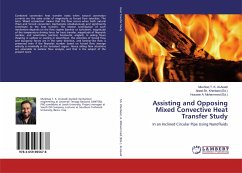
Assisting and Opposing Mixed Convective Heat Transfer Study
In an Inclined Circular Pipe Using Nanofluids
Herausgegeben: Sh. Kherbeet, Akeel; Mohammed, Hussein A.
Versandkostenfrei!
Versandfertig in 6-10 Tagen
47,99 €
inkl. MwSt.

PAYBACK Punkte
24 °P sammeln!
Combined convection heat transfer exists when natural convection currents are the same order of magnitude as forced flow velocities. The term 'Mixed convection' means that the flow occurs when both natural (free) and forced convection mechanisms simultaneously and significantly contribute to the heat transfer. The relative contribution of each mechanism depends on the flow regime (laminar or turbulent), magnitude of the temperature driving force for heat transfer, magnitude of Reynolds number, and orientation (vertical, horizontal, angled). In aiding flows (heating in upflow or cooling in down...
Combined convection heat transfer exists when natural convection currents are the same order of magnitude as forced flow velocities. The term 'Mixed convection' means that the flow occurs when both natural (free) and forced convection mechanisms simultaneously and significantly contribute to the heat transfer. The relative contribution of each mechanism depends on the flow regime (laminar or turbulent), magnitude of the temperature driving force for heat transfer, magnitude of Reynolds number, and orientation (vertical, horizontal, angled). In aiding flows (heating in upflow or cooling in downflow), the velocities of forced flow and buoyancy forces are in the same direction, and laminar-like flow is preserved even if the Reynolds number based on forced flow average velocity is nominally in the turbulent region. Hence aiding flow situations are amenable to laminar flow analysis, and that is the subject of the present work.



